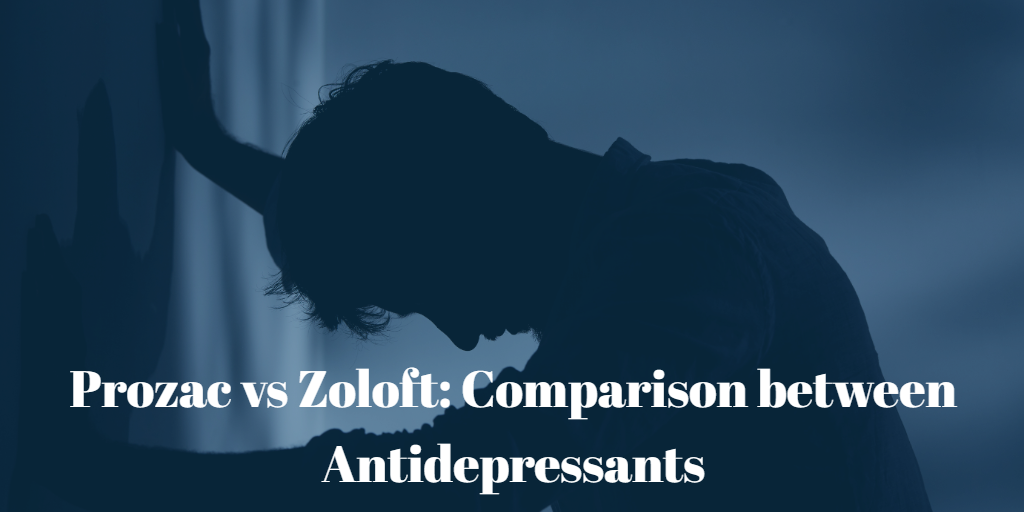Crohn’s disease is not a short-term acute disease. Crohn’s disease is a chronic disease, and it’s a lifetime disease for our patients.
Our current therapeutic algorithm is known as a step-up approach. We take patients with mild or moderate Crohn’s disease, and most of us would use either an antibiotic or an aminosalicylate for the introduction of these patients. We do not have very good data on what happens over the long term after antibiotics or aminosalicylates are used. There are no maintenance studies for antibiotics. We do have some maintenance studies with the use of aminosalicylates. There have been several meta-analyses, but these include a hodgepodge of patients and not patients who have been treated with aminosalicylates alone.
For moderate disease, we have corticosteroids. And in our modern era, we have several options with corticosteroids. In patients who have mild-to-moderate disease that is localized to the ileal cecal region, we have the option of using entecort therapy or budesonide in a controlled release that is now available in the United States and in Canada and Europe.
For patients with moderate-to-severe disease, the traditional approach is corticosteroids. For patients who become corticosteroid-dependent, we can add immunomodulators, such as azathioprine, 6-mercaptopurine (6-MP), or methotrexate, that have had demonstrable steroid-sparing effects over long periods. That’s over several months at a minimum.
To this point, we have reserved the use of infliximab for patients who have failed any of these approaches, and who are failing conventional therapy, and we’ve seen the acute and long-term effects of infliximab in that patient population. We have used surgery at the top of the pyramid; although it should not be end-stage therapy. Surgery rapidly restores the quality of life for patients who have complications, such as stricture or abscesses with limited disease. Unfortunately, it’s not been very effective for patients with extensive disease because it often leads them to short bowel syndrome or ostomies.
So the question is, how can we modify this pyramid and what do we need to look at long term? I emphasize starting with steroid therapy. Once you start a patient on steroids you better be thinking of the next step. If you look at the results with steroids, they have a good short-term result. About 80% of patients will improve with steroids and about 20% won’t change. This is the consecutive series of 110 patients treated in Denmark for 1 month with 1 mg/kg of prednisone. But what happens over the ensuing year as the steroids are tapered?
Of the 50% who go into remission, only 50% stay in remission. The other 50% relapse. Of the patients who were never well, just somewhat improved, we see the same thing. Half of them stay improved but not well at the end of the year, and the other half or so relapse.
When we look at the long-term outcomes of steroids in patients treated, only 25% are well and in remission at the end of a year. This means that when you start a patient on steroids, you better be thinking about what you are going to do next.
These data were replicated by the Olmsted County experience. This is not the Mayo Clinic experience; this is the experience in following patients in the community of Olmsted County who are treated with steroids. They see the same outcome; 80+% of patients respond initially. The endpoints here were a little bit different. They say about a third of the patients had a prolonged response that is not defined as remission, and it includes patients who are not well. Essentially these patients are steroid-dependent or not well, and in the Olmsted County study, nearly 40% of patients who were started on a course of steroids went to surgery within a year.
Maintenance Therapy With Currently Available Therapy
What do we have as options for maintenance therapy in Crohn’s disease? The aminosalicylates that have been argued about for the past several years have not had a definitive maintenance response, although I believe that patients who respond to aminosalicylates will often stay in response. We can argue whether that’s a placebo response or not, but I still think they are useful for mild-to-moderate patients who do respond to the treatment. If they don’t respond, we are moving up to corticosteroids but it is clear that steroids do not have maintenance benefits. The patients with immunomodulators have been able to stay in remission after steroid therapy, and you have already seen Rutgeerts’s report that infliximab has maintenance benefits.
The French study group evaluated patients in remission with steroids who were then randomized to either 4 g of mesalamine or placebo. At the end of the year, there was no statistical difference. There was a slight delay in response or the relapse rate in patients with mesalamine, but at the end of the year, there was no statistical difference. This 20% to 25% response rate after steroids is what we saw from Olmsted County and the Danish experience. Mesalamine was useful for mild-to-moderate disease, but it is not useful after steroids.
What about after surgery? We had some hope from previous meta-analyses, and there is some evidence that mesalamine has a minimal to modest benefit after surgical resection, but in the large European study looking at 300 patients who have undergone resection, overall there was no benefit with mesalamine compared with placebo. In a retrospective analysis, a population of patients with ileal disease appeared to do better than placebo, but that was a retrospective analysis and not primary. Therefore, aminosalicylates, while they may be somewhat effective overall, do not have efficacy, particularly after steroids.
We’ve beaten it into your heads that steroids do not have a maintenance benefit. We’ve seen that from the National Cooperative Crohn’s Disease study. We’ve seen that from the European Cooperative Crohn’s Disease study. There have been several trials with budesonide attempting to demonstrate a maintenance benefit at a safe and effective dose. This is an example of one of the trials comparing 6 mg of budesonide, 3 mg of budesonide, or placebo. And at the end of the year, what do you see? Twenty-five per cent of the patients were still in remission. So even with the targeted therapy, we do not see maintenance benefit at doses of 6 mg or below.
No one has looked at 9 mg and that is because the corporation does not want to develop steroid side effects. In the 9-mg dose, in a recent issue of the American Journal of Gastroenterology, the Canadian group demonstrated osteopenia or osteoporosis in patients on a “maintenance” of budesonide long term. So we do not have a safe and effective maintenance therapy with steroids either with traditional systemic steroids or targeted ileal release steroids.
More on Maintenance Therapy
We do have evidence of the benefit of the immunomodulators. In the study from Candy and Wright in South Africa, patients were treated concomitantly with prednisone and azathioprine at 2.5 mg/kg and the steroids were tapered over 3 months. Over those first 3 months, there was no difference in the relapse rate. However, as the patients were followed out on azathioprine after steroid therapy, about 43% or 45% of the patients maintained on azathioprine sustained their clinical benefit. With only 7%, this is one of the worst outcomes maintaining remission after steroids alone.
The magnitude of this benefit was about 35% and was replicated in the study in children who were undergoing their first course of steroids. In the Candy and Wright study in adults from South Africa, many of those patients had been treated with steroids or had undergone surgical resection. This group of patients was steroid naïve children who had never undergone steroid therapy before or surgery, who were deemed to require steroids, and who were randomized in the same pattern to either steroids initially with 6-MP at 1.5 mg/kg or placebo. The 6-MP group had about an 85% or 90% response rate long-term compared with about 60% for placebo after steroids. This result demonstrates that the curves are shifted upward for children who are undergoing their first course of steroids but maintaining the same 35% benefit for azathioprine or 6-MP compared with placebo after steroid induction.
We’ve seen results with methotrexate in patients who had responded to methotrexate and were able to taper off steroids in the short term, who were then rerandomized to methotrexate at 15 mg/wk vs placebo. In patients who were treated with long-term methotrexate, the response was sustained in the majority of patients. The 65% or 70% response rate is very similar to Cohen’s open-label experience at the University of Chicago of sustaining remission about a year or so with methotrexate.
Unfortunately, after that year we see a gradual decline. But, at least for the first year, methotrexate does have maintenance benefits in the group of patients who have responded to methotrexate alone.


